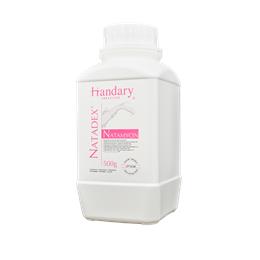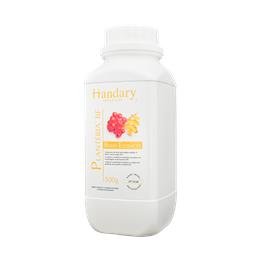Description
Honey and syrups are sweet, viscous substances that are often used as sweeteners in food and drinks.
Honey is a natural sweetener that is made by bees from flower nectar. It has a distinct flavor and color depending on the type of flowers from which the nectar was gathered. Honey can be used in a variety of ways, such as a topping for yogurt, a sweetener in tea or coffee, or as an ingredient in baking.
Syrups are also sweeteners that are made by boiling sugar or a sugar substitute with water. Common syrups include maple syrup, corn syrup, and agave syrup. Syrups can be used in a variety of ways, such as a topping for pancakes or waffles, an ingredient in cocktails or mocktails, or as a sweetener in baking.
Yeasts & Molds
Xerophilic yeasts and molds are types of microorganisms that thrive in low-moisture environments and can cause spoilage in honey and syrup. These microorganisms are typically found in the environment, and can contaminate the product during harvesting, processing, or storage.
To prevent the growth of xerophilic yeasts and molds in honey and syrup, manufacturers typically use pasteurization to kill any microorganisms present in the product. They may also use preservatives or other antimicrobial agents to prevent spoilage.
Overall, preventing the growth of xerophilic yeasts and molds in honey and syrup requires a combination of proper ingredient handling, production practices, and storage conditions. By following good manufacturing and storage practices, manufacturers and consumers can help to ensure that these products remain safe and free from spoilage.
 English
English 简体中文
简体中文 Français
Français Español
Español

